India is the world's second most populous country, with approximately 1.4 billion people. Although 70% of the population is engaged in agriculture, many of them are inefficient small-scale farmers, and the share of agriculture in GDP has reversed to only 30%. In such a huge market, a Japanese startup, Sagri Co., Ltd, is offering a new farming method using satellite data. Is it possible to apply innovation in this vast landscape? To answer this, we had interviewed Mr. Satoshi NAGATA, the Chief Strategy Officer of Sagri Bengaluru Private Limited, who is in the region every day to discuss the issue.
Summary

Project
India: Proof of Concept for Digital Solutions in Himachal Pradesh Crop Diversification Promotion Project
Company
Sagri Co., Ltd
Profile
The company was founded as an information provider business on the optimum methods and timing for applying agricultural chemicals and on picking seasons. The company is engaged in technological development and bases in three locations: Hyogo, Tokyo, and Hamamatsu. For overseas projects, the company has been engaging in India, as it was adopted as the first Japan-India Startup Hub promoted by JETRO (MEXT) in Bengaluru, India. Currently, three staff members are dispatched to India Branch Office, where the implementation of demonstration experiments in rural farming regions throughout India was taken. In Japan, the company has been providing agricultural support by utilizing data and IT, as well as partnering with the government, universities, administrative agencies, and agriculture supporting organizations.
Index
The Reality of Farmers in India
CHAPTER1 The Issue
While the average area of cultivated land per farm household in Japan is about 3 hectares, it is about 1 hectare in India. With countless fields and farms spread out over a vast area, variety of crops grow in harvest season.
Furthermore, cropping is done on a yearly basis without a long-term production plan while farming methods remain primitive, such as plowing fields with oxen. In addition, the landowner was quite ambiguous on their farming plan.
"As you can tell from the fact that India is the origin place of the Indus Valley civilization, here is a highly fertile land in the first place, where crops naturally grow only after seeds are simply sown. People have no need to change the traditional style because the land was so productive by itself, and I think that these are the background of the chaotic situation you can see today," Mr. Nagata explains, with his eyes sparkled with passion and excitement to tackle the social challenge of this huge market.
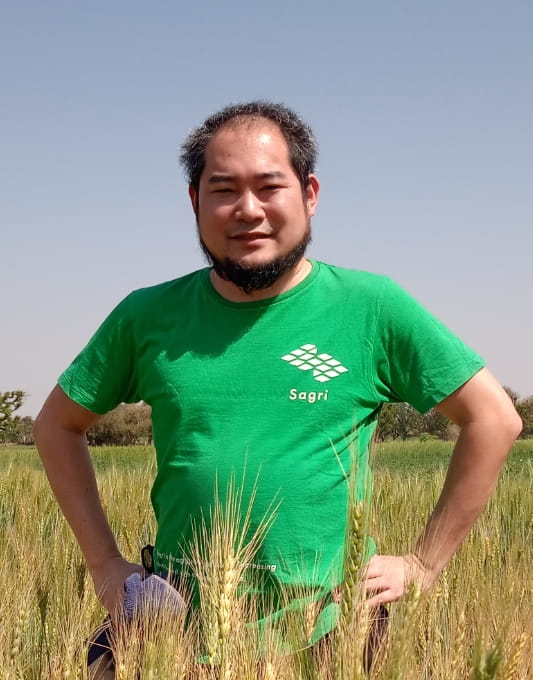
Mr.Satoshi NAGATA, the Chief Strategy Officer of Sagri Bengaluru Pvt. Ltd.
Due to the fact that farmers cannot gain credit from financial institutions, it is hard for them to borrow money to improve their farming and hinder them from exploring new farming methods. Sagri found a hint for a business opportunity in helping the credit creation of individual farmers. “We compiled data and publish it out, like a Michelin’s guidebook, regards each farm’s prospective yield. The data can be derived from linking fertility information of each landowner with satellite data captured from our technology. With such guidebook, we could present some business information to the financial institutions”.
Although it was a well-considered concept, there were little interest shown by the locals. Nevertheless, Sagri decided to pursue its endeavor as second attempt by providing small loans to farming households itself.
Although it requires a permission from authorities due to the strict regulations for private business to provide loan service for commercial purposes, which is time-consuming, it is exempt in demonstration experiment period. The company also interviewed dozens of up-and-coming local startups and found a reliable local business partner to further collaborate on this loan service. As soon as we put out the call for applications, we received over 2,000 applications from farmers.
“I feel relieved that I could finally launched a business that directly contribute to local farmers,” said Mr. Nagata. Unfortunately, the Indian government's declaration of moratorium on payments made it impossible to collect the small loans, while the new wave of COVID-19 pandemic was running riot. The misfortune did not end here. The company went through a series of tough moments, such as being involved in financial trouble with local staff and facing the risk of the company being taken over.
"Although we considered various options, including tapping into the local market loan, we decided to make a turnaround and commit to agriculture. As a result, we are currently collaborating with JICA, which is also trying to resolve the same issue with us".
Partnering with JICA is a Sign of Trust. Identifying Real Needs and Apply Them in Business.
CHAPTER2 Collaboration with JICA
“In order to conduct dynamic activities using satellite data it is essential to involve the local government in. However, it was very difficult for an unbranded start-up to negotiate with them. Regardless of how hard we tried to explain them on our services with our knowledge and technology, they continued asking us on “How much can you invest?” rather than paying attention on our business objectives.”
From previous experiences with the local government, it became more reluctant to further discuss with them. As a result, in 2021, “we decided to participate in JICA’s pilot project in the northern Indian state of Himachal Pradesh.” This collaboration will be a turning point that will drive the project at an accelerated pace.
Thanks to JICA, which has been engaged local governments for many years, the negotiation became much easier. “We realized how our previous meetings can be improved from before. The frequency of meeting also increased significantly with higher efficiency. As a result, we are able to understand people’s real opinions, as we can now hold in-depth discussions with them, such as about their business plans. After all, having a right connection is essential when doing anything. It was the relationship and trust with the local communities that JICA has been nurturing for a long period of time that has driven the growth of this project."
Being able to hear people's real opinions, and real facing issues could enable the possible to not only provide digital maps but also incorporate the on-site agricultural guidance, includes adding an updated function to the map, which the company can propose these ideas into its business.
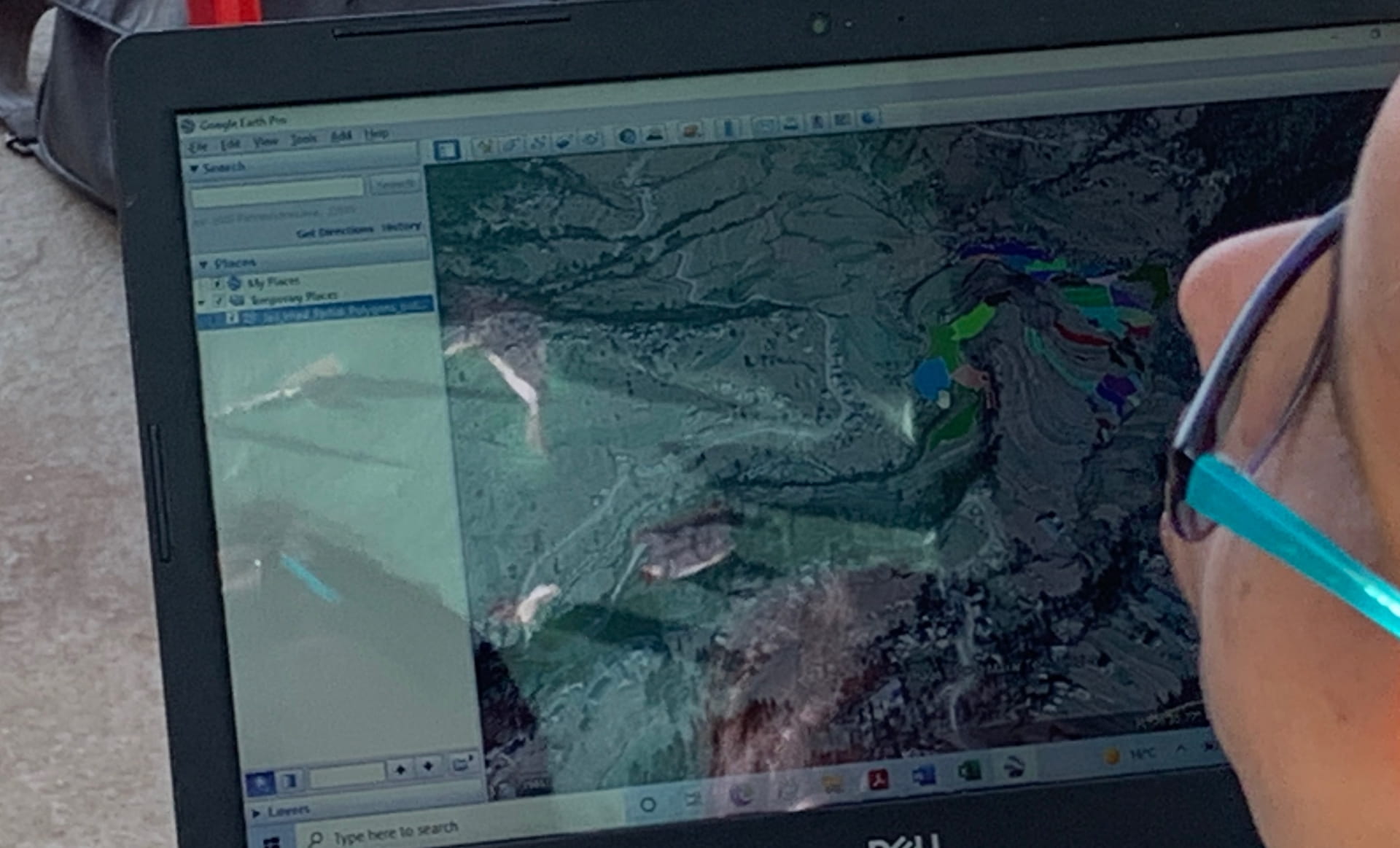
A digital agriculture map is prepared using satellite data. The state of cultivation of the farmland is analyzed.
The Market has Potential to Grow Further. For a Better Agriculture and the World.
CHAPTER3 Achievements
Sagri has now expanded its business field in India to cover 5000 hectares of farmland with satellite. Mr. Nagata explains that there were three concrete achievements so far, which are the improvement of productivity through visualizing farmland with satellite data, the improvement of awareness among farms through education activities, and the expansion of future possibilities for local farmers.
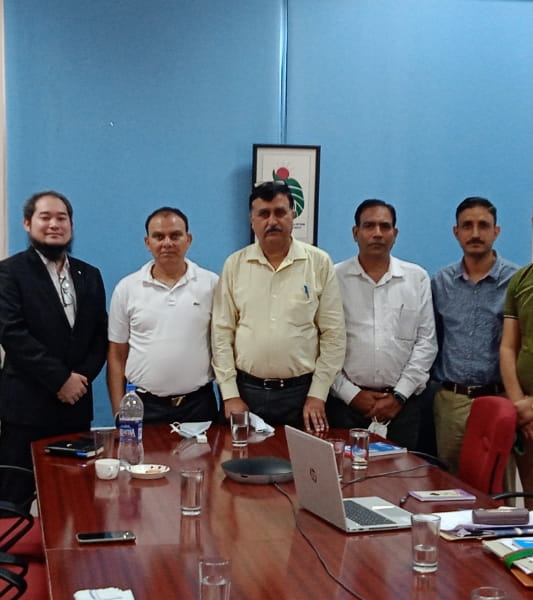
“It has been three years since we established our local venture business, which we satisfied with it so far. However, the Indian market has a potential to grow further. As for the future strategy, it can be seen in three-layer structure consisting of "to G (government)," "to B (business)," and "to C (consumers)." As for "G," we expect to further develop our partnership with JICA and work on new projects in five states in South India. For “B,” we will provide our accumulated farmland data base. Finally, for "C," we will promote the new agricultural products using Japanese farming methods. Our goal is to improve the livelihood of each farmer through successful distribution, and also to increase the value of Indian agriculture as a whole."
To overcome the difficulties during the COVID-19 pandemic, Mr. Nagata has continued to move forward by using the partnership with JICA as leverage and become a first mover. In addition, Mr. Nagata was tapping into India as a complete stranger carrying nothing with him, but with his admire on Mr. Tsuboi Shunsuke, the CEO of Sagri, who said "Give it a try, even if we fail, we will get recovered." This made him decided to join Sagri. Today, Sagri keeps moving forward with trial and error against its everyday’s new challenges.
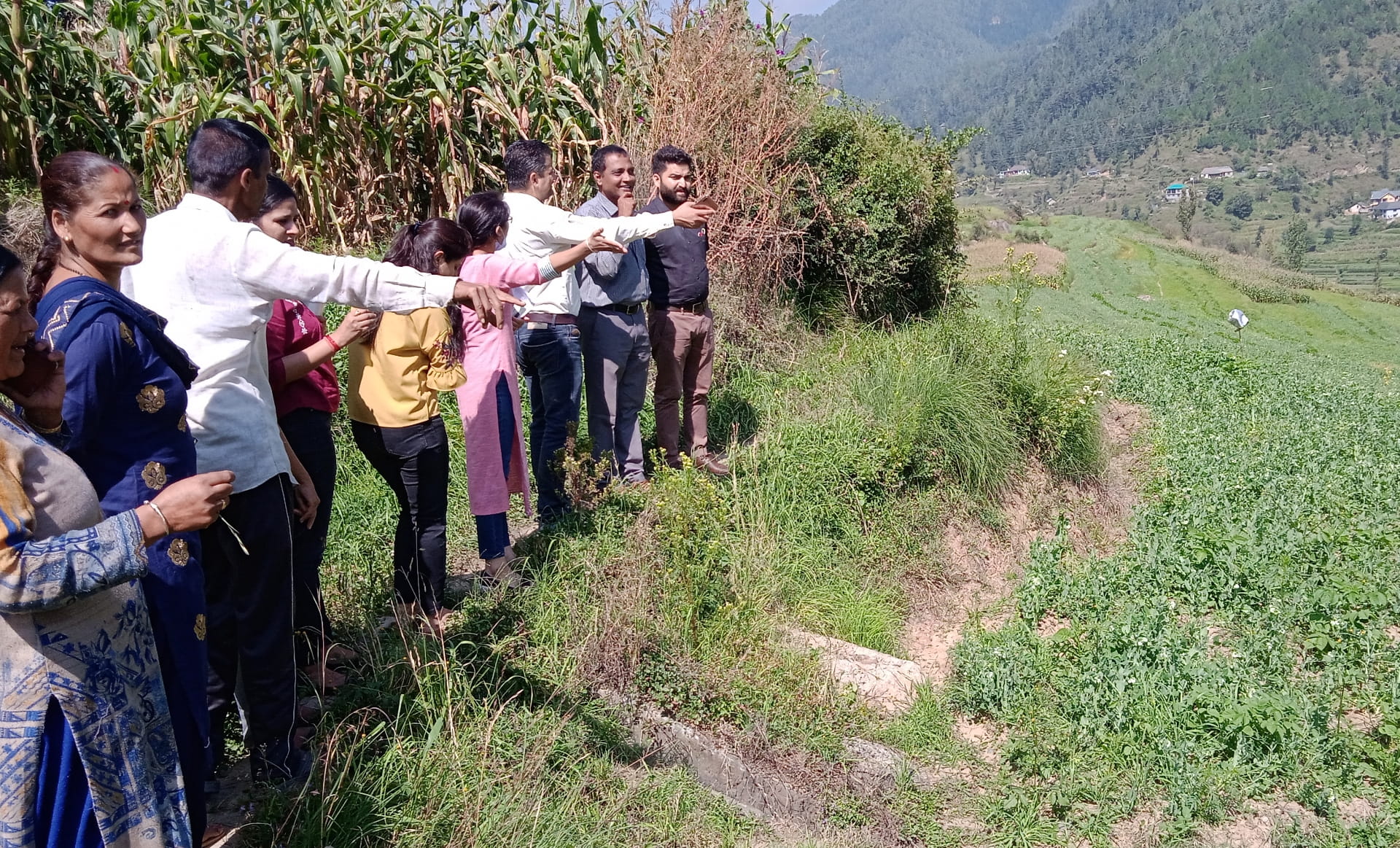
Comments from project member

JICA India Office Kaori Furuyama
Currently, India is working on the realization of a national digital agriculture. JICA has been supporting the improvement of the livelihoods of farmers through the development of agricultural infrastructure and human resources. We believe that, from now onward, it is important to focus on maximizing and stabilizing the impact of digital utilization. And, we could take a first step by meeting with Sagri.
The biggest achievement collaboration with them was that Sagri’s digital agricultural map enabled people in the Indian agricultural department to have a concrete image on how their agriculture would be changed by the power of digital technology. Digitization can be achieved gradually by consistent and disciplined works. If you do not have a clear goal image, you will not be motivated on your dedication and hardworking. According to Sagri’s careful identification of the on-field requirements, the local counterparts became more positive toward incorporating digital solutions. From this point, we expect that this will steer us towards future development.
JICA DXLab projects
- CASE STUDIES 5 Satellite Data Used to Predict the Future of the Earth's Environment
- CASE STUDIES 4 Passion for Change! Poverty Reduction through a Unique Financial System
- CASE STUDIES 3 An Innovative Solution to the Global Water Crisis
- CASE STUDIES 2 From Kagawa, Saving Mothers and Children in Asia
- DX Lab 1 Using AI to Detect Elephants Early and Promote Coexistence with Humans
- INTERVIEWS 3 Supporting Startups Aiming for Social Innovation in Developing Countries through Google's Accelerator Program
- INTERVIEWS 2 Challenge in Bhutan! Using Health Data to Promote People’s Health and Wellbeing
- INTERVIEWS 1 Roundtable: Telemedicine Startup × VC × JICA




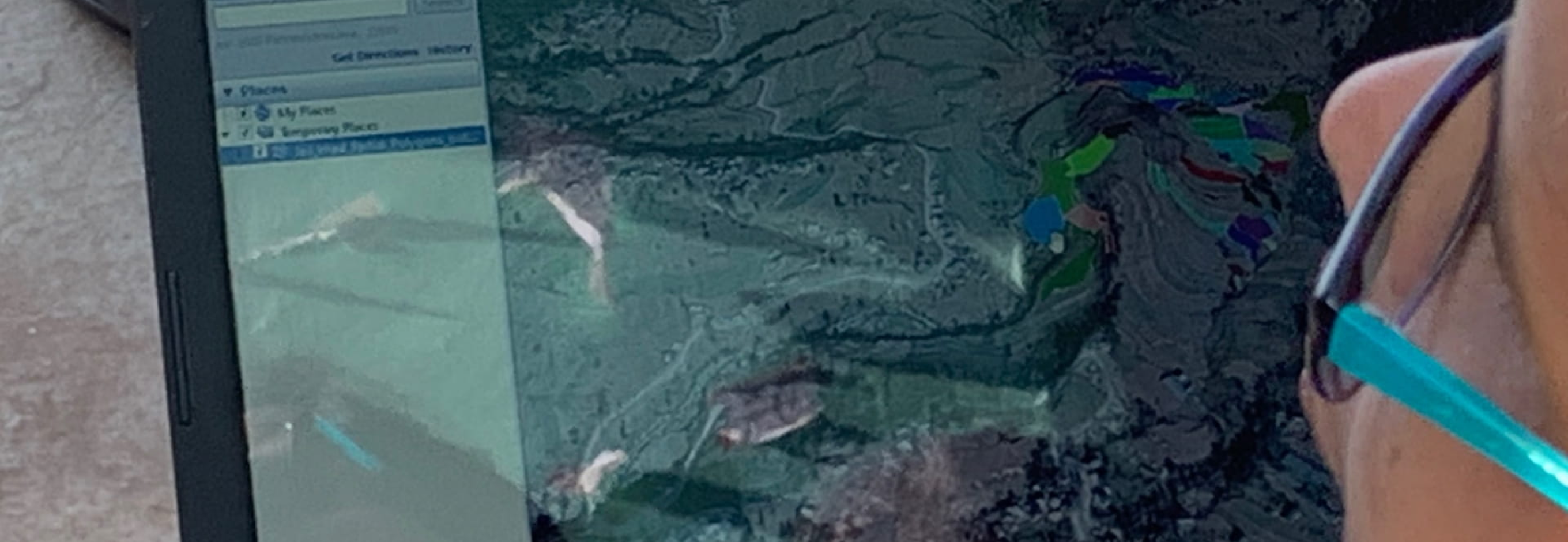

scroll